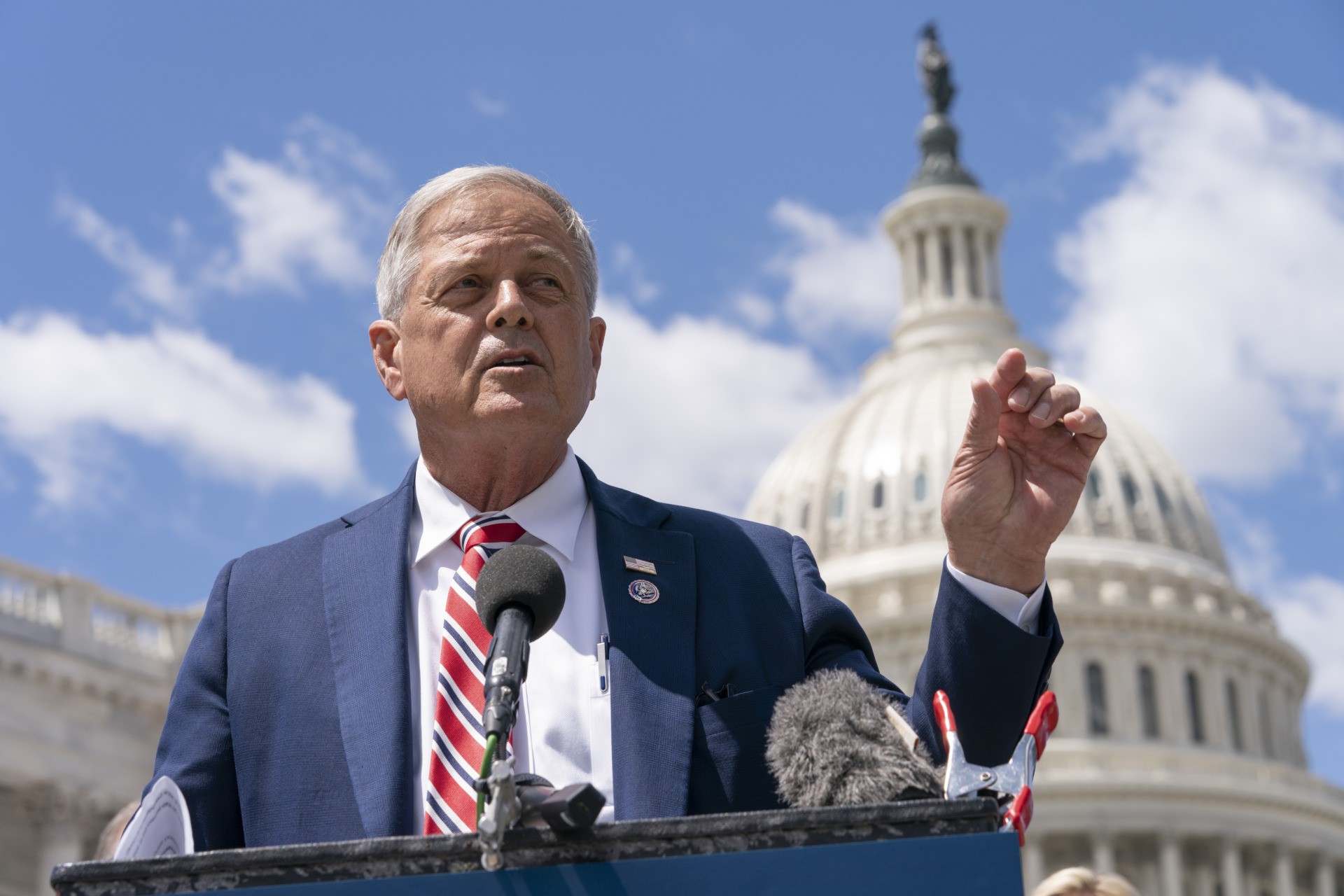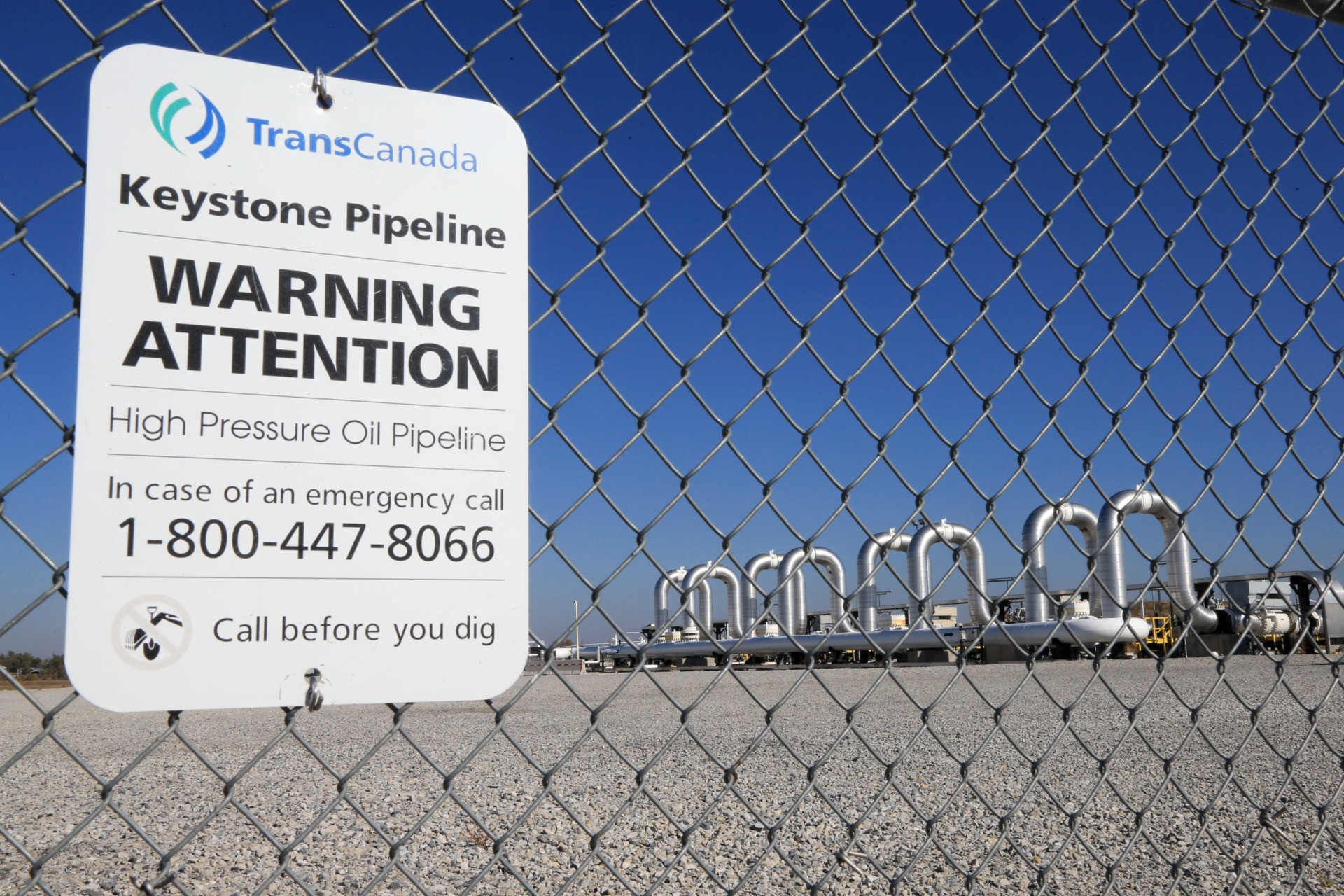The conflict in Ukraine has exposed how harmful our dependence on foreign oil really is and elevates the question of how we will continue to power the United States.
Regardless of whether we use a combination of oil, natural gas, solar, wind, hydro, or nuclear power, our enormous appetite for energy will not decrease any time soon. This forces us to grapple with the reality that fossil fuel is here to stay until the market incentivizes the large-scale development of renewable energy infrastructure.
Russia’s invasion of Ukraine is devastating and heartbreaking. We saw this coming in early March 2021 when Putin began mobilizing troops on the border of Ukraine, yet President Biden acted far too late. But what is occurring now must refocus our attention to the vulnerability in our energy procurement strategy. We rely on petroleum to power our lives yet import a significant percentage of it from foreign nations not aligned with our values. And when dispute breaks out, supply is disrupted and prices go up. The way to address this is to reallocate sourcing or produce more energy ourselves.

Rep. Ralph Norman (R-SC) speaks during a news conference on May 12, 2021, on Capitol Hill in Washington. (AP Photo/Jacquelyn Martin)
To understand the issue, everyone ought to know where we get our oil from and in what quantities. According to the U.S. Energy Information Administration, in 2020 the United States produced 18.40 million barrels per day (MMb/d) of petroleum and consumed 18.12 MMb/d, making the U.S. a net exporter for the first time since 1949. Of the top countries we imported petroleum from, 52 percent came from Canada, 11 percent from Mexico, 7 percent from Russia, and 7 percent from Saudi Arabia.
Circling back to Russia, last year we imported about 672,000 barrels of oil and refined products per day from them. The ban on the import of Russian oil must be met with increased production at home or increased importation from a friendly trading partner. Perhaps greenlighting the construction of the Keystone XL Pipeline, which would carry 830,000 barrels of crude oil per day from Canada to Nebraska, could be a part of our approach to energy independence.

The Keystone Steele City pumping station, which the planned Keystone XL pipeline would connect, is seen in this photo from Steele City, Nebraska, on November 3, 2015. (AP Photo/Nati Harnik)
With a finite amount of fossil fuels and increasing global demand for energy, a transition to renewable energy sources is inevitable. But seeing how the global oil market has reacted to Russian aggression in Ukraine, transitioning to new forms of energy while meeting our needs is a delicate dance. In 2021, fossil fuels accounted for 60.8 percent of electricity generation while renewable energy represented 20.1 percent and nuclear energy 18.9 percent. With a rich but finite amount of proven oil reserves in North America, we need to play our cards right to make the shift as seamless as possible.
Overhauling our energy infrastructure to utilize predominantly renewable and nuclear energy is an enormous undertaking but far from impossible. In South Carolina, 55 percent of our electricity is generated with nuclear energy. If the rest of the United States reached this mark, our energy costs would decrease, our independence would be strengthened, and our carbon footprint would be reduced tremendously.
Rather than choke private industry with rolls of red tape, let’s encourage climate-smart practices and innovation to carefully ease our transition away from fossil fuels while continuing to meet our energy needs.
To achieve energy independence, we must embrace an “all of the above” approach that balances our demand for energy, climate concerns, and strengthens our national security.
Ralph Norman represents South Carolina’s 5th congressional district and is the ranking member of the House Oversight Subcommittee on Environment.

COMMENTS
Please let us know if you're having issues with commenting.